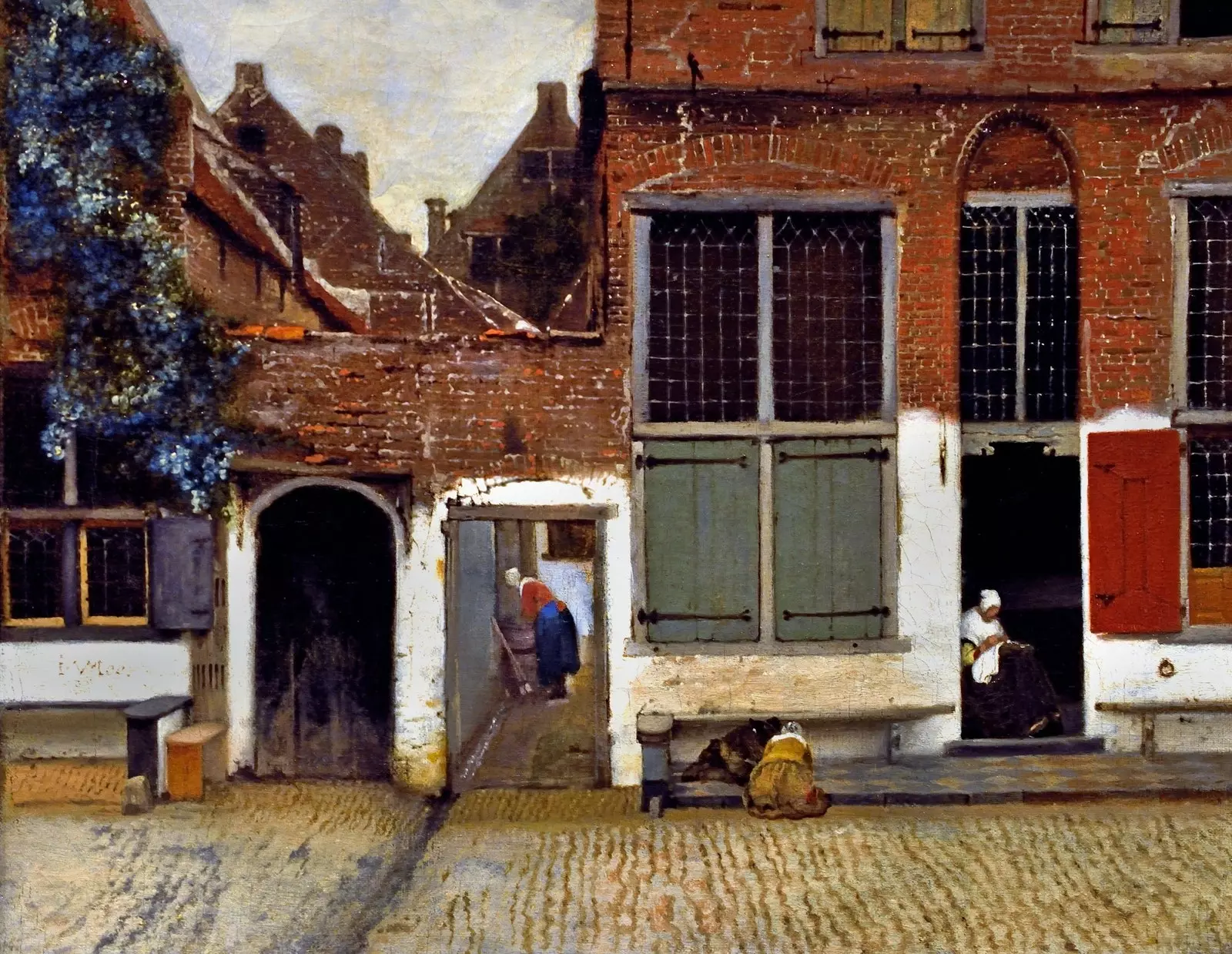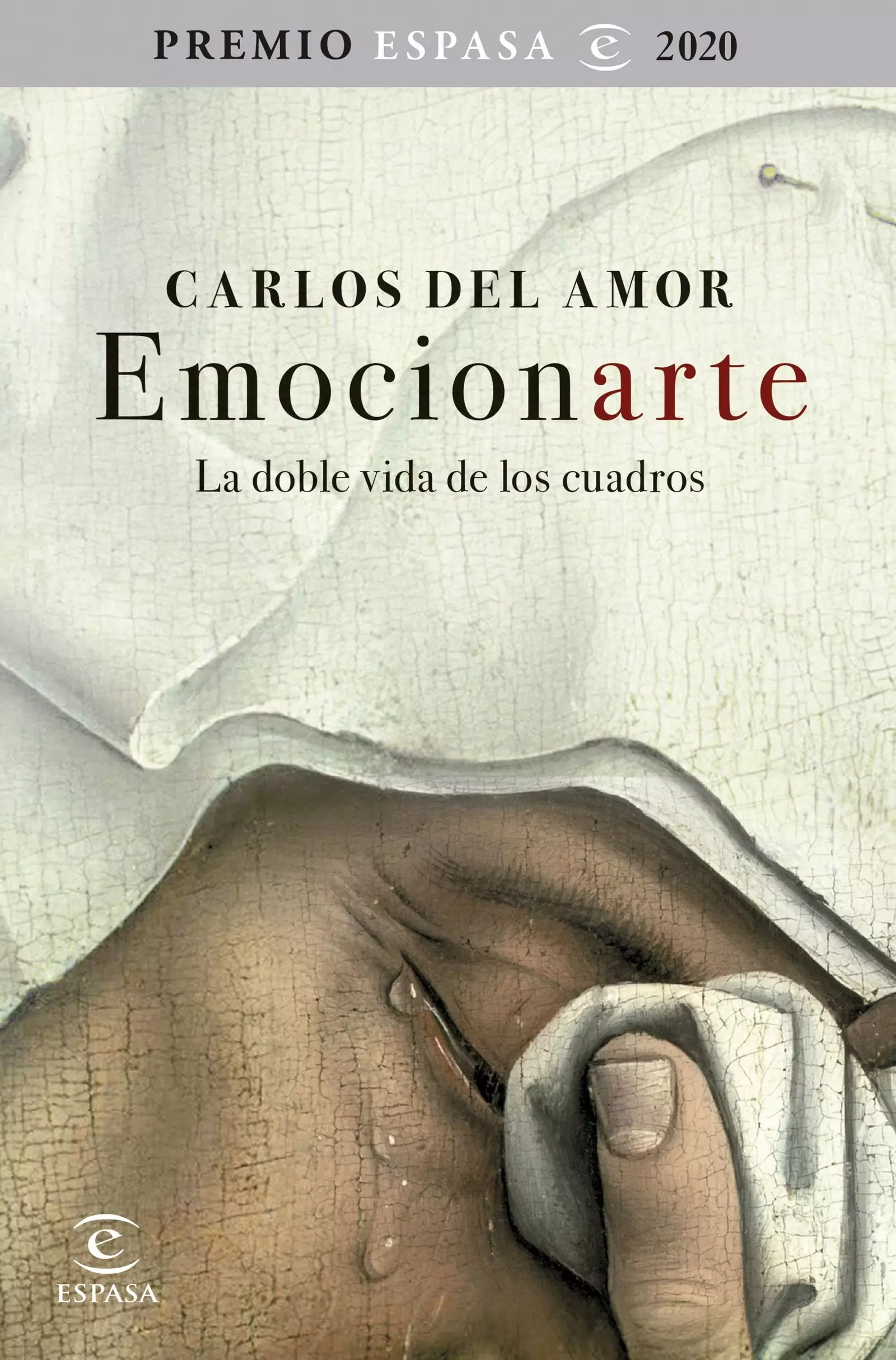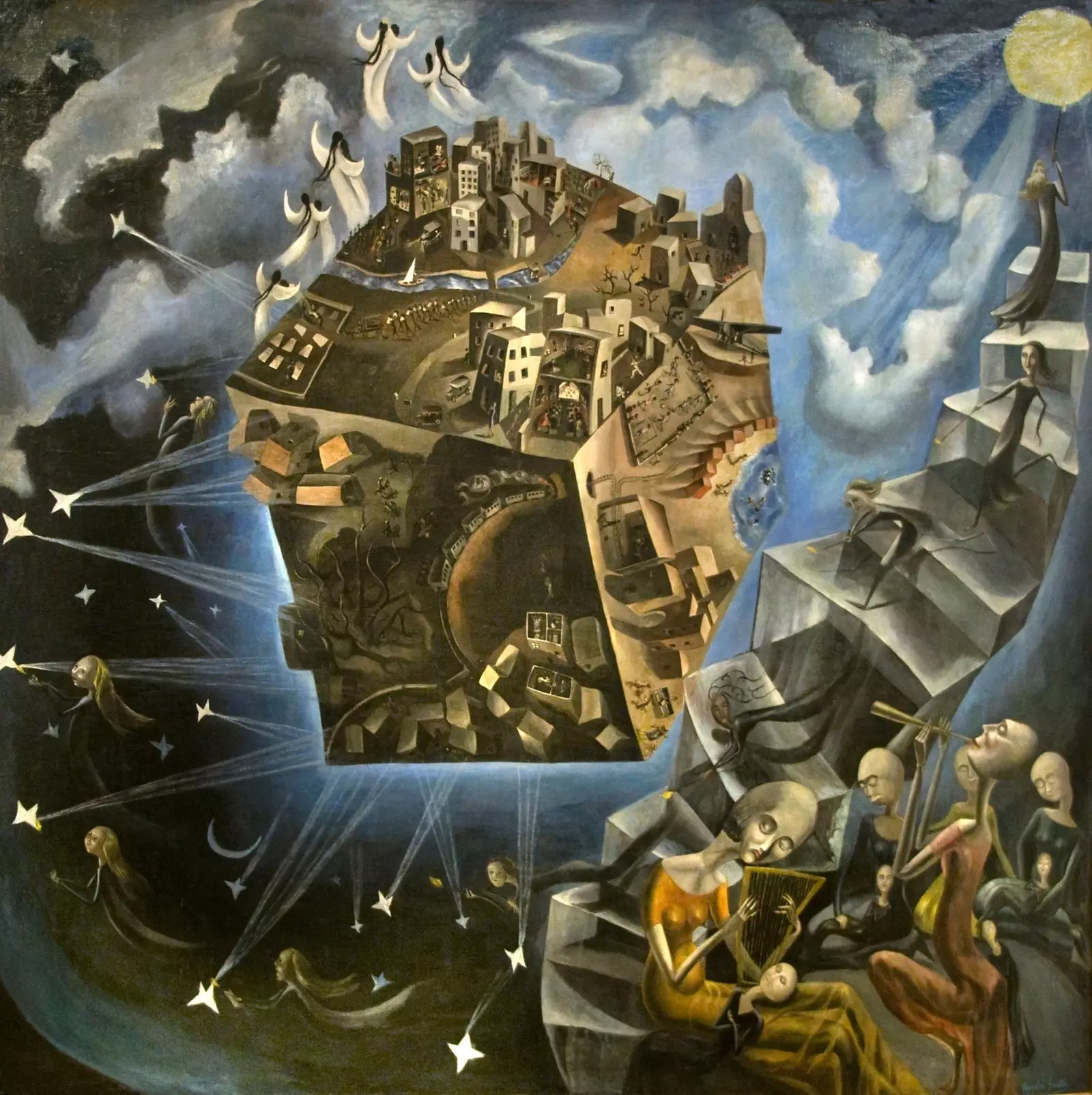
'The Alley' by Johannes Vermeer (1658).
“With freedom, without prejudice, with passion and letting the imagination fly. The experience is personal and as such you have to live it”, This is how those of us who do not know about art suggest that we read any painting by the Murcian journalist Carlos del Amor , author of the new book 'Get excited. The double life of paintings' , Espasa 2020 award.
Carlos has been unstoppable in cultural journalism for more than 15 years, linked above all to RTVE.** We know him for his chronicles of film festivals around the world** (although his voice broadcasting the Goya live is already very much ours ), also for stories such as 'El Trastero', which was made into a film, and for his two novels, 'El Año sin Verano' and 'Confabulado'; but above all what he has been doing all these years is bring art closer to those who do not know it , work that they recognized with the documentary award 'Revealing Dalí'.
In ‘Excite you. The double life of paintings’ breaks us down in an informative, but original and entertaining way 35 works in 38 frames , because he considers 'The Seasons' by Giuseppe Arcimboldo a single work for the purposes of the book.** His weakness for paintings from the 19th and 20th centuries is reflected in the choice of those that appear**, a total of 14 and 12 works, respectively. We also find one from the 18th century, 7 from the 17th and one from the 16th century.
They do not appear from our century because, he says, he has yet to paint, although if he had to stay with a work it would be by Banksy, for putting his finger on the sore spot in today's tricky moments.

The new book by Carlos del Amor.
A BOOK ON ART CLOSE TO A NOVEL
His work is a culmination of so many trips to museums (known at the Prado is the time he slept next to his beloved paintings), and his fascination for understanding them in a less technical and more human way.
"It was something that had been in my head for a long time. he thought that all those things they told me were worth putting black on white . It is a privilege to be able to go to so many museums and speak with the best specialists and historians and learn first-hand about so many anecdotes, curiosities and adventures that help you trace the life of a painting”, he tells Traveler.es.
For his selection, he explains that the first thing he thought was that they would really excite him. . How could 'The Lovers' by René Magritte or 'The Pigeons' by Picasso not do it?
“This second condition favored the painting having a tone close to the novel. I would say that a novelistic essay has remained. The current situation is filtered through the finishing of the book, which was already quite advanced during the confinement, but when rereading some works I found that they could have a very current reading. Because this book is written before and after the pandemic when we stop going to museums to get excited about the lives of their painters and their paintings.

The first painting that opens his book is that of a woman. 'A world' by Ángeles Santos (1929).
And it is important to talk about female painters, because we know that it is difficult to find works by women from centuries ago , more so in museums where they have been relegated (many times) to pseudonyms. And it is curious that as soon as we open 'Excite you' we come across one of them.
“The painting by Ángeles Santos, 'Un mundo', has fascinated me since I saw it very closely in the restoration workshop of the Reina Sofía Museum , is a box that contains many boxes and in which you can spend hours and hours looking for details. Above it was painted by a 17-year-old girl who had never left Valladolid. It was perfect to start. Luckily in recent times there are more and more voices claiming to recover from the darkness of time and misogyny the figure of many women whom history has not treated as they deserved. I think that institutions and historians are working to rescue them, so it is normal that more and more women appear in these books.”.
And about male and female authors and their paintings, there are great classics. Talk about Clara Peeters, Rembrandt, Francisco de Goya, Velázquez, Salvador Dalí or María Blanchard , among others.
Of them he tells us, for example, that Johannes Vermeer He went out alone on two occasions to paint outside his house, because he preferred to paint what he knew well, such as his streets, than remote places; or what Suzanne Valadon author of 'Adam and Eve' (1909) was first a muse and then an artist and that it is she herself who appears with her lover, a 23-year-old young man. Or that 'The house by the train track' that she painted Edward Hopper in 1925 he inspired another genius, hitchcock , to build it and bring it to life in Norman Bates' house from 'Psycho'.
All these details are read in an entertaining way in chapters where, on the one hand, real data of the works are described , and on the other, dialogues or interior monologues of the artist are fantastically narrated than would have been possible when painting the painting . But always under the same idea, to move the reader.
But, Is it easier to get excited when you know the painting beforehand or the author's story?
He tells us: “A good painting will always move you, 'Las Meninas' will always cause a sigh of admiration in whoever stands before you. 'El Guernica' will always shake us. What happens is that if you carry a key in your head, that tremor will increase , if you know that the woman crying with the dead child symbolizes the victims of a bombing, you will probably be more emotional. One piece of advice that I give when visiting a museum is that you don't want to see everything,** it is better to take the clear memory of three or four paintings with you than a blurred one of a hundred**. Our head cannot assimilate a binge of works”.
Will have to pay attention then...
